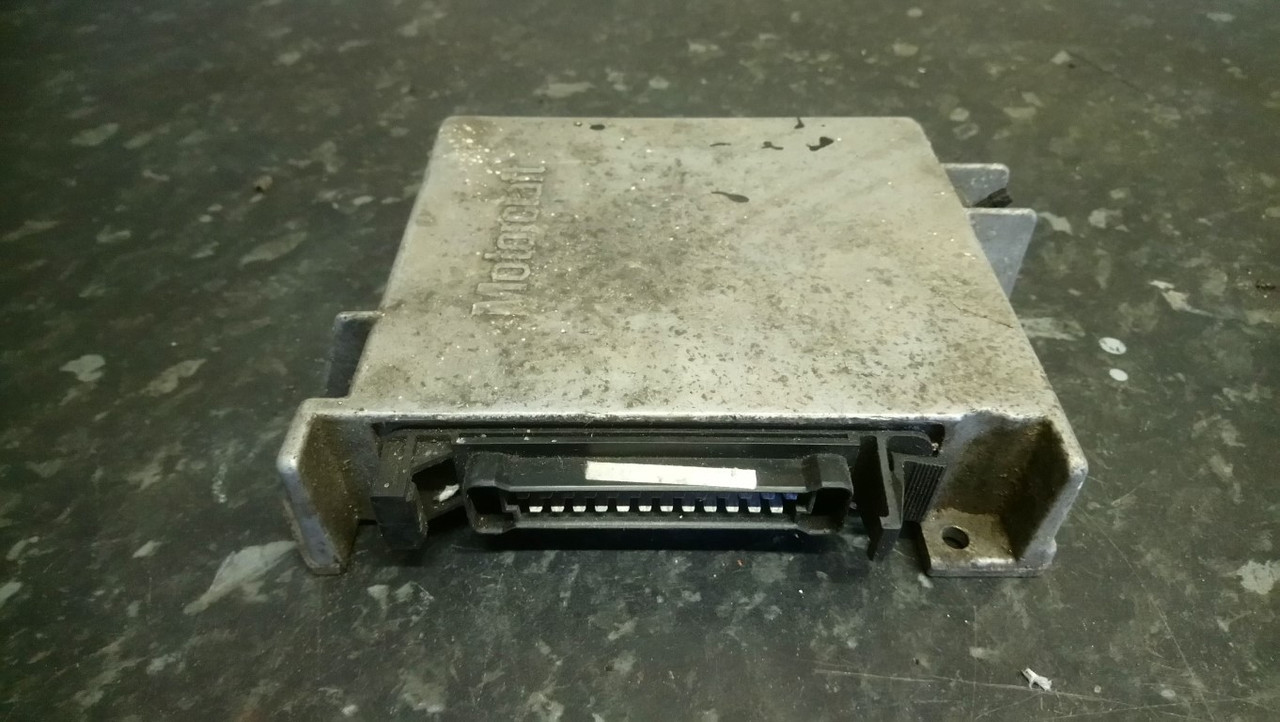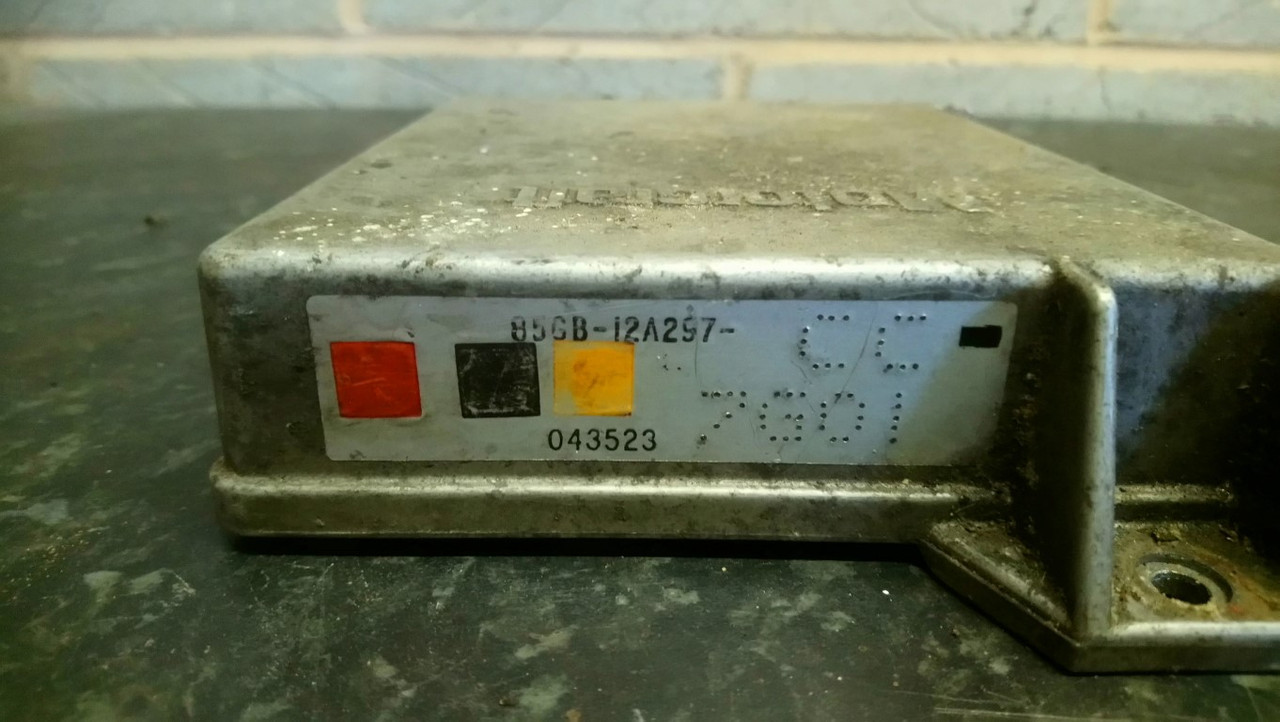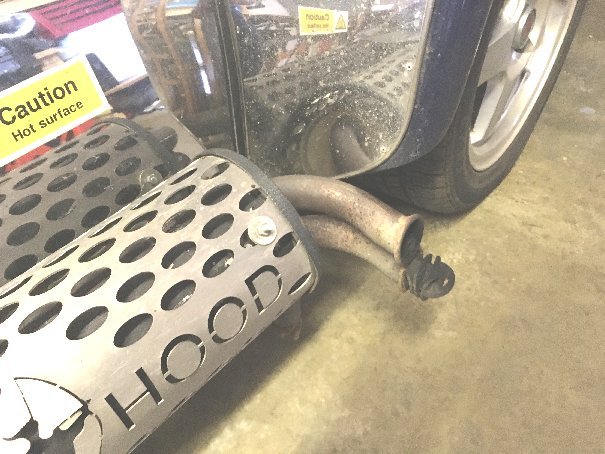-
Posts
5,568 -
Joined
-
Last visited
-
Days Won
34
Content Type
Profiles
Forums
Events
Store
Community Map
Posts posted by Snapperpaul
-
-
8 minutes ago, Snapperpaul said:
Just replied a second time oops
-
I ran 2”x1“ box under the car from each mounting point. It acts like a suspension strut and replaced the anti rollbar
i also used 90 degree plate inside the bay to sandwich the stainless panels
-
You need to take the PCV off as it only works with manifold vacuum.
the catch tank should be baffled with wire wool in and have a separate filter outlet or vented cap.
you run a pipe from the crank case to the tank and another from rocket cover vented cap to second catch tank inlet or out of the rocker cover itself.
i run 16mm outlets and pipes.
another system is to run the crankcase breather to the rocker cover and run a second outlet from the rocker cover to the catch tank to reduces oil loss.
on later blocks there is a plug into the crank case on the right hand side that can be used as an oil return or a second crank case breather
I have learned this by painful experience and a lot of trial and error
-
On 8/2/2020 at 12:46 PM, alanrichey said:
I think 22psi is a bit high, I’m happy to be corrected but I think you will find most of us are running 18-20 psi.
I agree with you 18-20 is a better range and don’t forget pressure rises with heat. Something I have not done is to take pressures immediately after a hard run
-
-
Please refer to my pinned post and other posts I have responded to.
there are all the measurements you need to find the correct level of oil and the correct length of dipstick tube and the relationship of min and max levels on the dipstick
-
Cobra seats fit as do Baby Cubs but if your looking for cheap then perhaps Kart seats and some homemade headrests
-
I’ll have the worst dizzy as I want to cut it down for a Megajolt install
-
On 6/11/2020 at 1:46 PM, richyb66 said:
Ford ECU - no idea what model (part number suggests early 2.0 Sierra) but if you're running standard EFi and the numbers match, worth having as a spare.
£15 posted.
Pinto electronic distributor - 3 wire type, connector integral to the dizzy body. I have 3 of these, all with caps and rotor arms (although you'll probably want to change these). One is missing the dust shield inside the cap so I'll sell that one last. The first one that sells will come with a BNIB rotor arm!!
£15 postage for one or I'll do all 3 posted for £35
-
The cc thing is all about road tax.
if you got to bigger engine above a certain cc it would increase your road tax.
the engine number is a deal if your pulled over by plod
we have used car clubs for valuations can’t see an issue with trying that route
-
-
On 4/15/2020 at 11:32 AM, alanrichey said:
I've discussed this on the forum before. My Superspec has the standard twin outlet from the silencer. On the advice of a Club member I actually blanked off one of the pipes with a bung to see if it helped the emissions (a long standing problem with the Superspec). To my surprise the car ran appreciably better, much sharper, better throttle reaction..... Discussions at Car Shows ("why have you blocked off the exhaust ?") seemed to show the the better performance came from increasing the back pressure in the system, which the engine seemed to like. Obviously the exhaust system was never designed or tuned for the engine it was just made of parts that Robin Hood Engineering to get hold of, so the explanation made sense to me.
So I would think that increasing the bore size would actually reduce the back pressure and have a negative effect. And the same effect would be seen by removing the cat, as that would also reduce the back pressure. So I will be very interested in the result, but it may not be what you expect.
Once again the back pressure issue comes up, engines don’t want back any pressure You confuse this with scavenging caused by tuned sound wave pulses which is a dark art I have tried to dabble with. The calculations involved are complex and specific to your engine.
exhaust diameter at a basic level is about port velocity and includes primary, secondary and collector lengths and diameters.
in the most simplistic terms a bog standard Pinto will be just about ok with a 2” pipe from collector to tail, I would prefer 2 ¼” again on a bog standard engine but any tweeking such as an air filter or long 4 branch manifold I would consider 2 ½” as about right.
back pressure backs up to the exhaust valve, when the piston rises to push the exhaust gas out it meets the back pressure and has to work harder pushing the gasses out... you loose power pushing it out that could be used to turn the rear wheels.
-
Age related registration plate is not as difficult as some make out.
it is all about evidencing and no more difficult than it was decades ago it’s just that most people consider it far to late in the build process, I did and had to do a lot of work to get the evidence needed. I asked tricky dicky for a copy of the original build receipt at Stonleigh one year and he wanted £200 for it, I was never going to pay that.
-
You can just buy the rubber and slide it in
-
7 hours ago, fry61 said:
NOT if the seat breaks free under you.
The seatbelt holds you and the seat in
8.8 is just fine
the support load spreader is important
-
-
300psi is not achievable on a Pinto so suggest you gauge is not working properly
-
I used two metal bars to bridge the studs as just bolting up the studs caused the tank to bend. I used oil filter seals and a cork layer.
A ring of steel would probably be even better
-
My cousin is a heavy lorry mechanic, yes he has a lot of Snap-On stuff but also uses Mac just as good a bit cheaper. He buys Sealey and often takes advantage of Machine Mart VAT free offers.
There is no 1 right answer.
for the keen amateur Halfords is an excellent choice but I will also buy Aldi or Lidle stuff if it won’t get hammered to much
-
If your going to buy a Type9 to modify start with a V6 version as they have better ratios to start with.
you will only need to change first gear to a 2.7.
input shaft is longer but if your rebuilding you can replace the long input shaft with a standard length one or use a 40mm bell-housing spacer, the bell housing will need to be swapped for an in-line one as engine bolt patterns are different.
there are 2 variations of V6 Type 9, the one with the larger lay shaft bearing carrier which sticks out at the front is the one to go for.
-
Duratec sufferers from similar issues as a Pinto bottom end, the crank is just fine for almost any power, the rods and pistons are near their limits at above 200bhp
i know many run above 200 but not many dare to go above 220 on stock internals
what has not been discussed is the rather scary cam chain crank pulley which is only held in place by 2 friction washers and the crank pulley bolt. If the rods don’t give up the chain pulley could slip.
OUCH
My next engine project is a Fiesta ST150 engine in a Fisher Fury, I have and continue to research the Duratec engine much the way I absorbed all I know about Pinto’s
Burton Performance catalog describes the issue of marginal rods and cast pistons and other sites talk about having keyways cut into the Duratec crank and chain drive pulley.
Revs usually kill rods and detonation and cylinder pressure kill pistons.
im looking at a supercharger for my Duratec and will keyway the crank in preparation
-
No but why would you when there was a 2.8 Sierra with a LSD
simple typo I think
-
The plate you talk about blanks off the RS2000 bellhousing left side starter position option, it has a hole in it for clutch cable and may well work with your current gearbox setup.
so try it first before you hack a bit of an expensive sump off.
-
It could be that the pickup pipe head is to close to the floor of the sump.
once you start reving, the oil pump speeds up and if the pickup is to close to the sump floor your restriction will be there.
peen the bottom of the sump or fit a thicket sump gasket, you may be able to bend the pickup pipe bracket to eek out a few mm
8mm is considered optimal, 5mm good enough







Tie Bar Conversion
in Chassis
Posted
No but it is as simple as it sounds